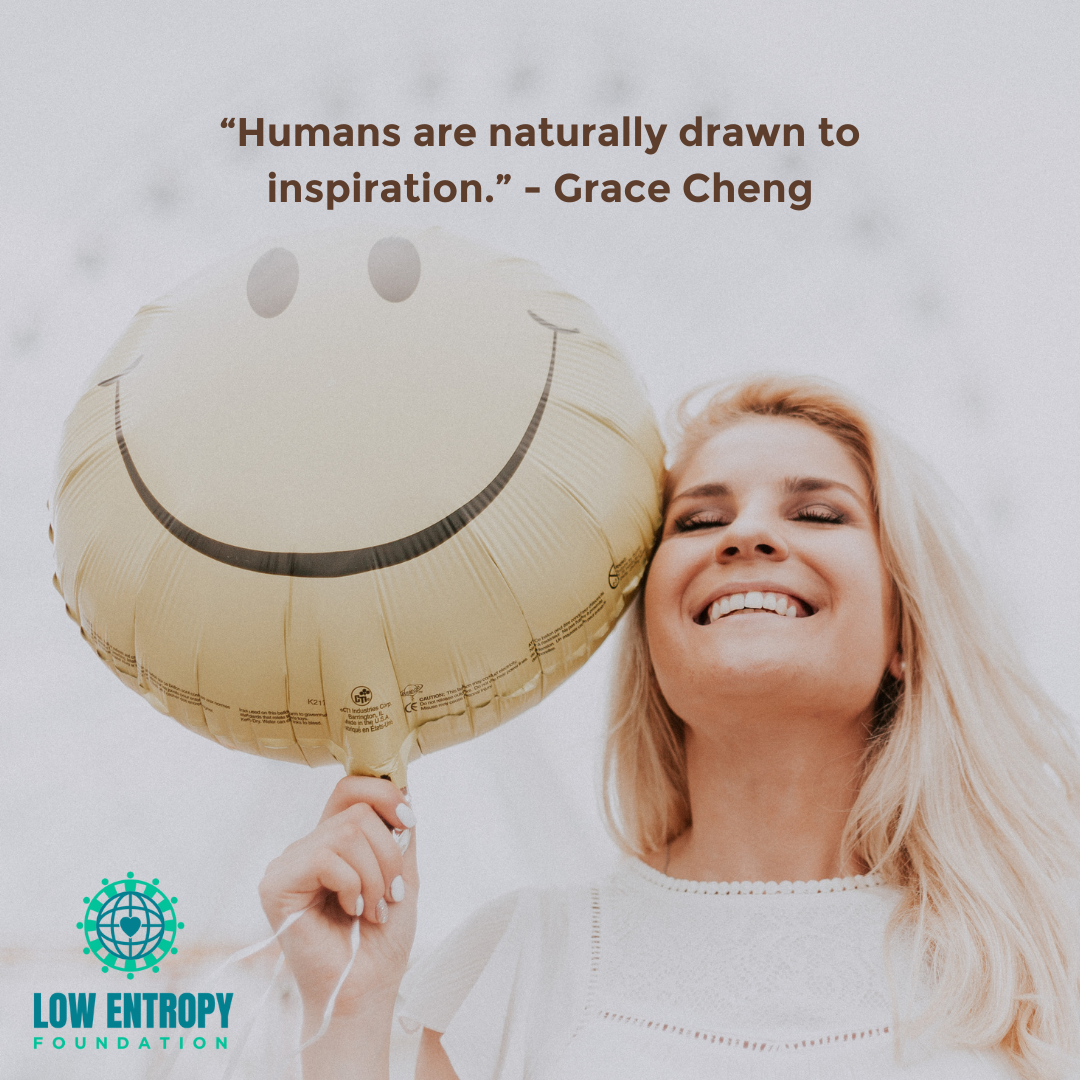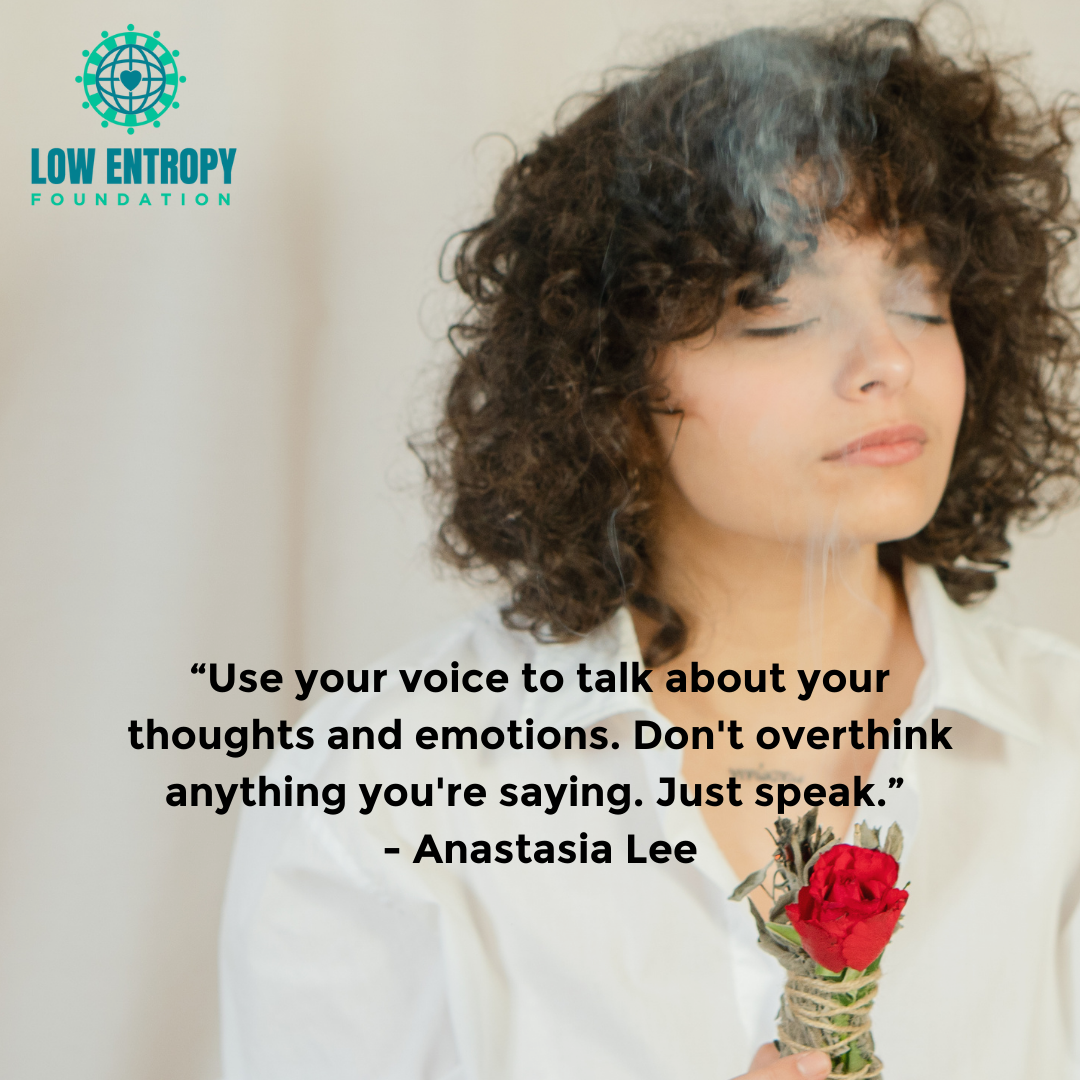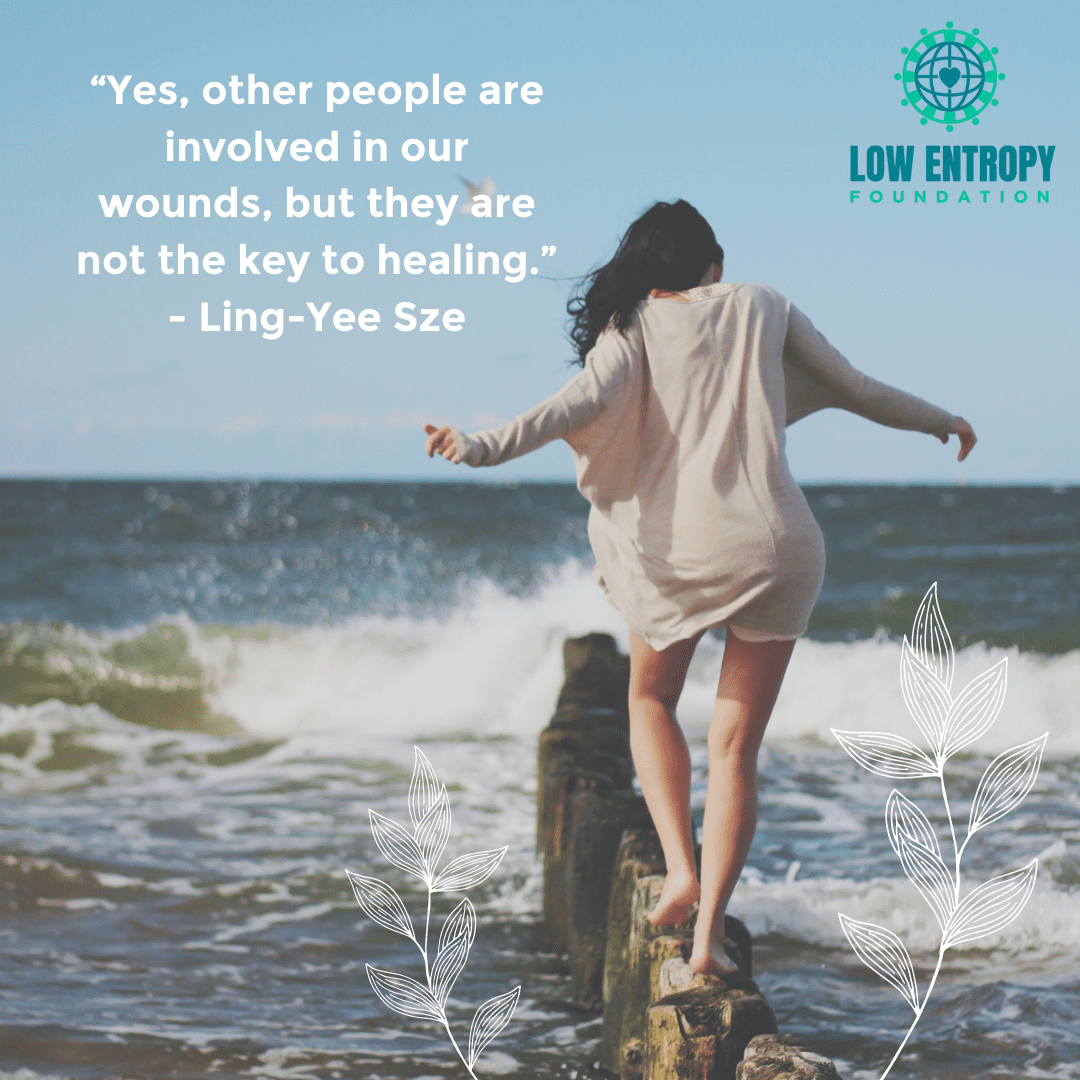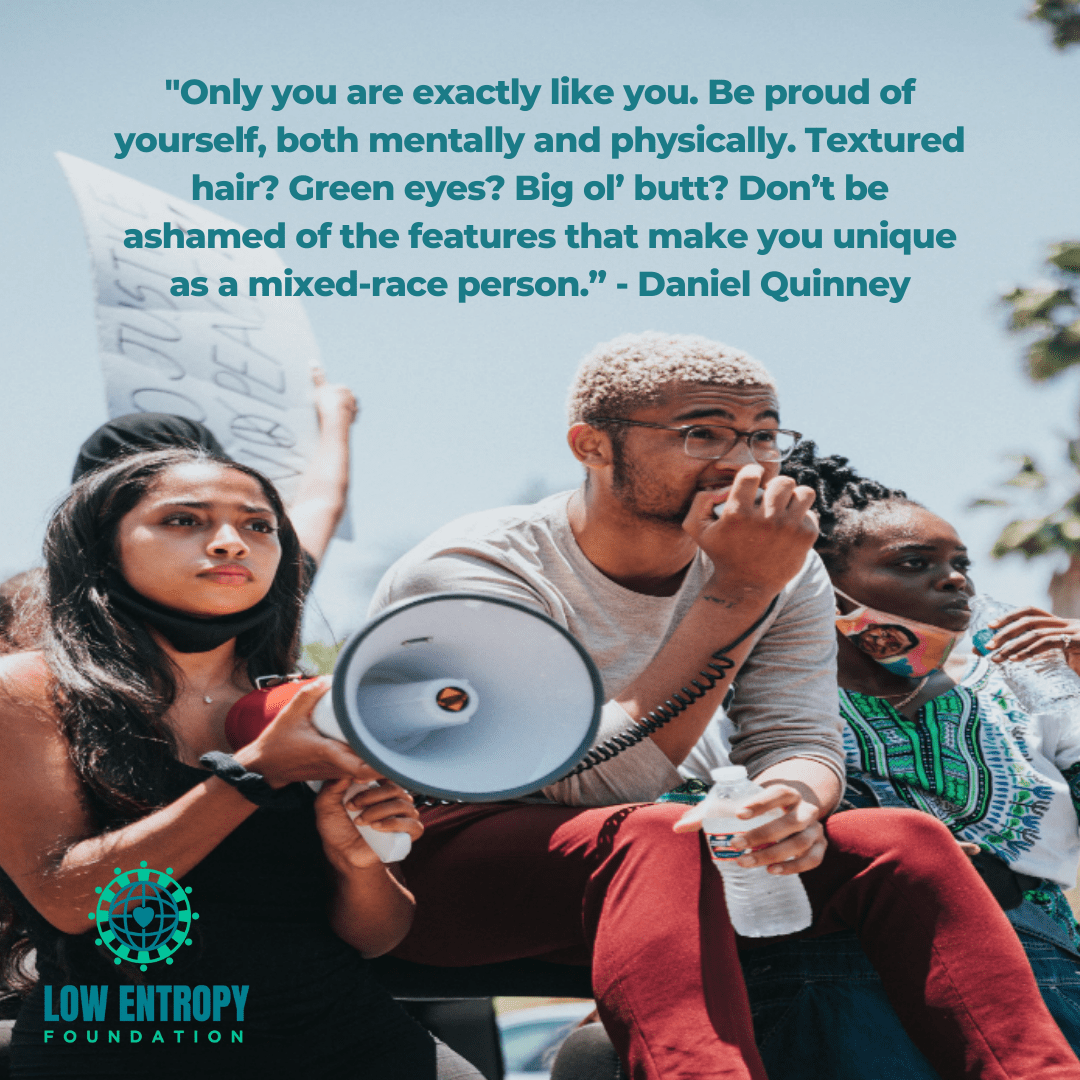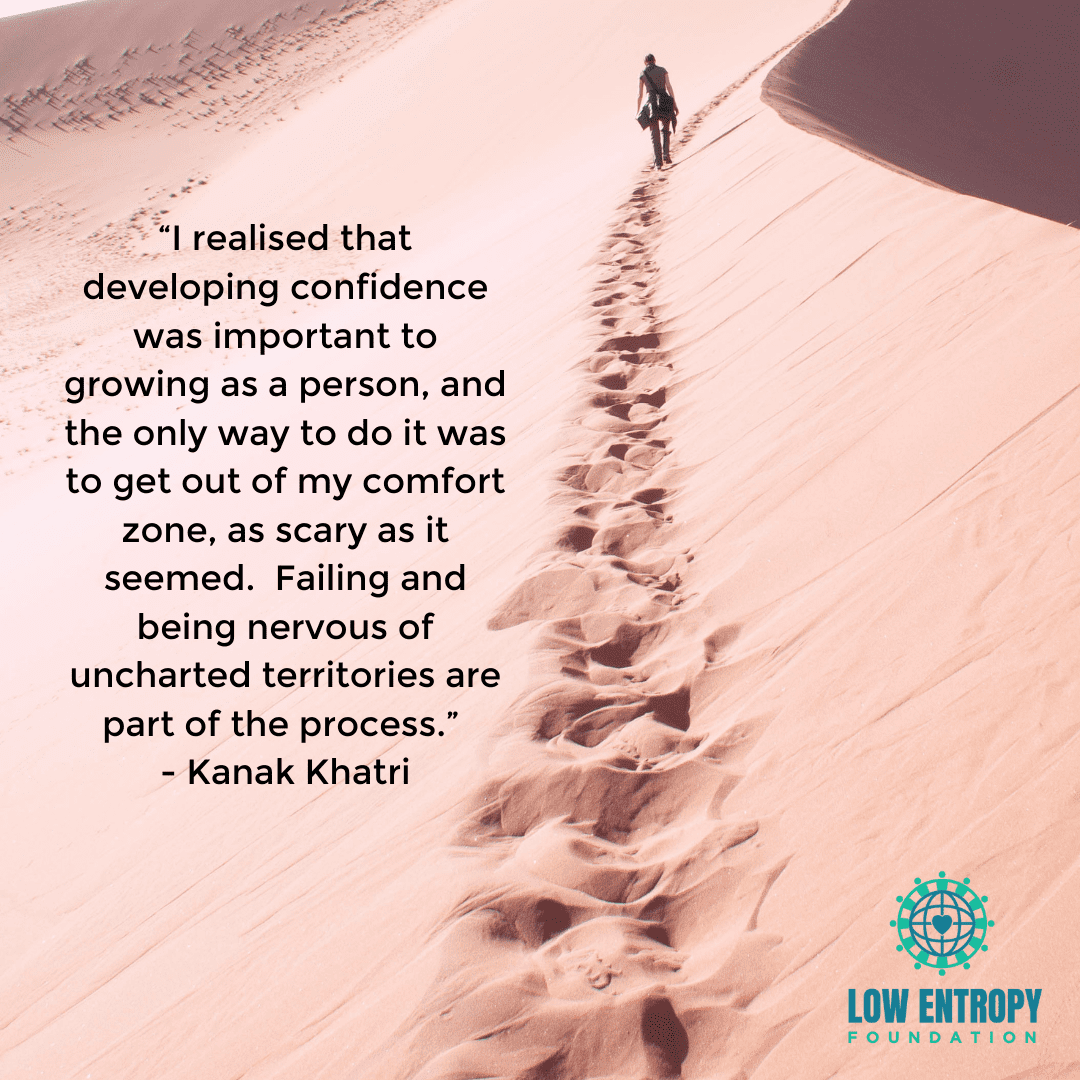Grace Cheng (she/her/hers), Low Entropy Volunteer Writer
Globally, the current pandemic affects everyone. There is a great deal of stress associated with the changes and uncertainty caused by this crisis. It has been shown that stress negatively impacts health. The consequences of stress can be minimized by providing encouragement, social support and care. Many of the damaging effects of stress are more likely to occur when there are no safety nets, partners, family members or friends who can offer a listening ear or help. There are many helpful and creative ways to enable remote care, provide additional support, establish contact and launch other heart-warming initiatives aimed at supporting each other during this time. It has been inspiring to observe the creativity unleashed during the COVID-19 pandemic.
By sharing your innovative ideas about ways to inspire and help others, you can have a greater impact on your community and country. It is one of the ways in which you can contribute to a better future for everyone.
Humans are naturally drawn to inspiration. In fact, inspiration is one of the primary stimuli for creativity. Having a positive attitude helps us be our best despite negative circumstances. The question is, how does one inspire others?
Listed below are ten suggestions to get you started:
- Showing Care
You can ask them questions. Show genuine interest in the people around you. Showing your genuine concern for others will make you an inspiration.
- Being Sincere
No one will be inspired if you appear insincere or fake. You must believe what you are saying and adhere to your view of life. To show that this matters to you, it is essential to make it matter to you.
- Encouraging Others
Everyone experiences hard times from time to time. This is a great opportunity to inspire and motivate a person to see the best in him or her and in their situation.
- Showing Enthusiasm
If you wish to inspire others, you must be willing to express your passion. Simply by expressing publicly that you are enthusiastic and passionate about a subject, you can gain a tremendous amount of influence. Expressions of passion can be contagious, as they arouse curiosity in those around you. People will wonder why you are so passionate about what you are passionate about. Some will naturally take the time to understand what it is about the topic that interests you.
- Seeing the Best in People
Seeing the best in people is one of the most effective ways to inspire them towards improvement. It motivates them to reach their dreams and goals. To inspire others, you should emphasize their positive qualities rather than their negative ones. You will find that inspiration will flow easily if you focus on these qualities wherever you interact with them.
- Active Listening
By actively listening to others, you show them that they are important and that their ideas are worth considering. Eye contact is important when someone shares their problems with you. Ask follow-up questions to show them you care about what they are experiencing and want to understand their viewpoint as well as you can.
- Helping People Heal
Stand by them and help them build a better future, rather than judging them based on their past. By positively impacting the lives of others, you are also positively impacting your own. You can make someone happier or reduce their suffering if you focus on others’ needs. We all appreciate the gift of unexpected assistance and those who can provide it.
- Trusting People
The key to inspiring others is to trust in their ability to learn, adapt, and grow. Everyone makes mistakes at some point in their lives. To inspire them to do better, we need to trust them to learn from their experiences.
- Giving Hope to Others
The most important aspect of inspiring others is hope. It is imperative to give them hope. It is crucial for them to believe that there is a goal, a reward at the end of the tunnel, for the challenges they will face.
- Being a Good Communicator
You must be able to communicate effectively to motivate and inspire others. You should be aware of your voice and how you speak. The words you speak can have a profound impact on the way in which someone feels about themselves.
—
Grace has an accounting and finance background. She enjoys reading, writing, listening to music, watching movies and playing sports.







